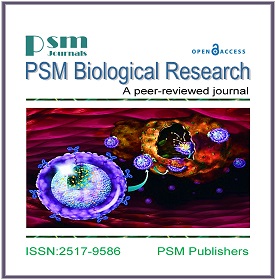Isolation and Characterization of Bacteria Responsible for the Degradation of Tributyltin (TBT) from Freshwater Sediment
Keywords:
Tributyltin (TBT), Bacteria, Degradation, Isolates, Sediments.Abstract
Bacteria in freshwater sediments usually break down Tributyltin compound (TBT) that has been discharged into the aquatic environment. The current study was conducted to isolate and characterize bacteria responsible for the degradation of TBT from freshwater sediments. Five distinct locations in River Benue, Makurdi, Benue state, were selected to collect samples of sediments using an Eckmangrab (Wildlife Supplies Co., Nig.), from a depth of 10 meters below the surface, placed into sterile polythene bags, and sent immediately to the laboratory for examination. Following homogenization, the sediment samples were divided into three treatments, denoted A, B, and C. Treatment A underwent heat treatment, treatment B was taken as control and TBT was added to treatment C. The bacterial identification was done using morphological and biochemical characters and the degradation experiment was done using the pour plate method. The total viable counts of freshwater sediments show that sediment A (heat treated) days 0, 14th, and 28th has the lowest total viable count of (0.00CFU/g) while water sediment B (control) day 14th has the highest total viable count of (6.1x101±3.5x101Cfu/g). Bacteria isolates include Bacillus spp., Enterobacter, Shigella spp., Staphylococcus species, Pseudomonas spp., and Escherichia coli. Both Bacillus and Pseudomonas species have the highest percentage prevalence of 30.77% each and Shigella spp., has the lowest of 3.85% across samples. The observed TBT degradation efficiency and resistivity under the studied conditions suggested that Bacillus and Pseudomonas were more efficient probably due to their ability to withstand till 42 days of the experiment. There is still considerable interest in using these organisms to remove heavy metals and harmful organic contaminants. Therefore, further studies should be performed on this, in order to use bacteria in controlling organotins (TBT) environmental pollution.
Downloads
Published
How to Cite
Issue
Section
License
Copyright (c) 2024 PSM

This work is licensed under a Creative Commons Attribution-NonCommercial 4.0 International License.







